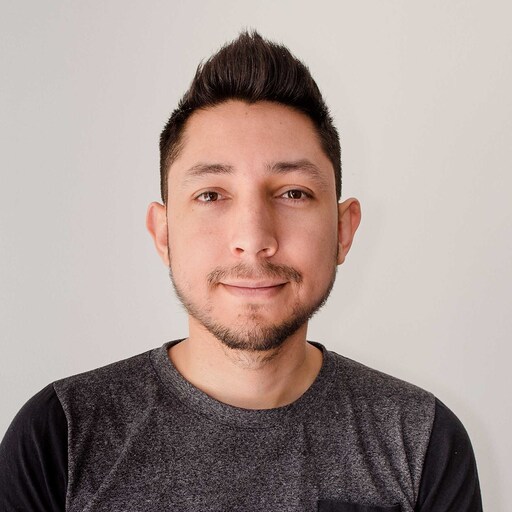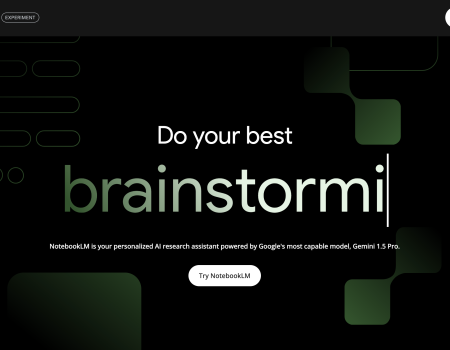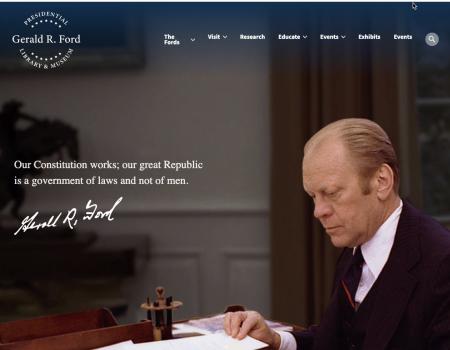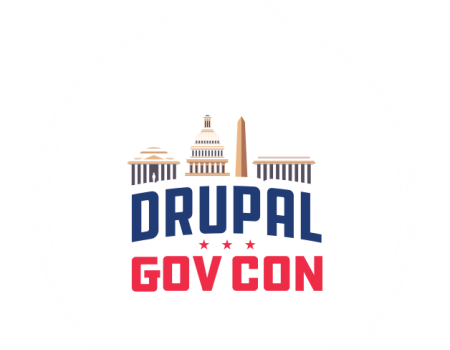Agile Conversations: Ivan Duarte on Work-Life Balance, Learning to Lead, and the Colombian Invasion of Drupal
Colombia is famous for a lot of things: a colorful blend of indigenous, African, and European cultures, a diverse natural landscape with two ocean coastlines, towering mountains, and dense interior rainforests, and coffee exports among them. Increasingly, however, Colombia is known in the tech world for its formidable output of Drupal developers, with Colombian nationals having become a huge presence in Drupal shops in the western hemisphere over the past decade.

Agileana Drupal architect and Bogota native Ivan Duarte explains the outsized representation of his fellow countrymen across the Drupal landscape.
“It all started with one company,” he says.
“The company was one of the first certified in Latin America as a Drupal partner. They were interesting because they had some good developers. Their approach was to take people with knowledge of PHP and train them in Drupal. This created a group of really good developers but they didn’t raise their salaries, so other companies looking for Drupal developers grabbed them. That’s how it started.”
Ivan’s interest in technology began in his teen years, starting with a passion for 3D animation, which he learned on his own. However, he soon realized that Colombia lacked good companies for doing 3D animation, meaning his chances at a viable career in this were low. He then shifted his focus to programming, seeing this as a more promising career path, starting by learning on his own and then pursuing college courses.
“At some point I encountered Drupal, and thought to myself that this is really great,” he explains.
“I love Drupal because it doesn’t make assumptions about what you want as a final result. I like it when someone gives you the tools instead of the thing already built. The only limit is your imagination.”
Freelance vs. Full-Time Employment
Over the course of his career as a Drupal developer, Ivan has alternated between being a company employee and working in a freelance capacity. Throughout it all, he struggled to find the right work-life balance, as both company work and freelancing proved challenging on this front, albeit for different reasons.
“I had one boss who was very difficult to work with,” he says of one of his past employers.
“All the project managers were accepting new work all the time and we were all working extra hours all the time for almost a year. At some point I spoke up, saying that we can’t keep working this way or people are going to get burnt out and leave. The only way he could think of to solve the problem was to offer people more money. I told him I don’t need more money; I need you to respect my schedule. At some point I quit because I got tired of the situation.”
Ivan proceeded to freelance for several years as part of a small group of independent developers. There was much he liked about it, including the lack of commute — his former commute in Bogota’s congested streets took him over an hour each way — but after a few years of this he found himself craving a company setting once again.
“I’m glad I had the experience of freelancing,” he asserts.
“As a freelancer you can manage your time in your own way and also invoice for higher than you generally can as an employee. The downside to it is you need to be searching for new clients all the time. At the end of the day you can’t fully focus on a project because you need to do the commercial side of the business. I’m glad I had this experience because I learned a lot from it, but at some point I got tired of it and figured I would be better off just finding a job.”
At Agileana, Ivan contends that he’s found the best of both worlds.
“I still get to work entirely remotely, and the way we work at Agileana gives you the best parts of freelancing. I love how everyone’s opinions are taken on board. You don’t just receive projects and get told what to do. You get to give your opinion during the process. That and I get to work on complex projects where I’m always learning something, which I love. I don’t see myself going back to the freelance world again.”
Shifting Roles
Ivan’s official role at Agileana is Drupal architect, but he notes that his role is presently in flux. Over the course of his career he has always been one to speak out about issues he observes, and after a couple of years at Agileana he is assuming new leadership responsibilities that have him identifying problems and crafting solutions in an official capacity.
Ivan ultimately sees himself moving into more of a product manager role.
“I would like to be an innovation leader or manager,” he says of his role at Agileana.
“I’ve discovered that there’s a distinction between project management and product management. When you’re working on issues, that’s product management. That’s different from working with clients as a project manager. You’re gathering issues, collecting information, and identifying what’s the best use of people’s time with regards to external products and internal innovation. My goal is to be a good product manager.”
“When you’re a developer, someone else is telling you what to do and you don’t know why they’re prioritizing what they are. When it comes to product management, you’re in a position where you have to decide what the priority is, and that’s a skill you have to develop.“
Ivan Duarte
Moving into a leadership role, he adds, has its learning curve.
“The most important thing I’ve had to learn is how to prioritize,” he notes.
“When you’re a developer, someone else is telling you what to do and you don’t know why they’re prioritizing what they are. When it comes to product management, you’re in a position where you have to decide what the priority is, and that’s a skill you have to develop. I really learned that during the Drupal Center of Excellence project, where there were so many good ideas but we needed to focus on results we could measure.”
Currently Ivan divides his work week between working on projects and issues management and related research work. Even as his role shifts to that of a product manager, he continues to learn new skills as a Drupal developer.
“I’ve mostly been working on the National Archives and Records Administration (NARA). It’s a very interesting project. It looks like a simple website but it has a lot of stuff behind it that people don’t see — a lot of functionalities that make it work. I got to work with Gutenberg Editor for the first time. This was a challenge at the beginning but in the end I liked it a lot and was able to create some complex components. I enjoy the fact that I’m learning something new.”
Family and Community
Ivan lives in Bogota with his wife, a graphic designer, and their two children, aged six and four. Outside of work, when he’s not spending time with his family, he practices acoustic guitar and is also pursuing piano lessons at the moment. He also hopes to get back into soccer training when his schedule permits it.
Additionally, he does what he can to stay connected to the Drupal community in his backyard. He expresses some frustration that despite the proliferation of Drupal developers in his country, the Colombian Drupal community has yet to truly coalesce.
“The community isn’t organized enough,” he says.
“There were some people trying to do a Drupal camp in Colombia but they canceled the camp and then tried to do something virtual. I tried contacting the leader of this group but he never responded. The community is there but there’s a lack of strong leadership. Hopefully that will change.”


